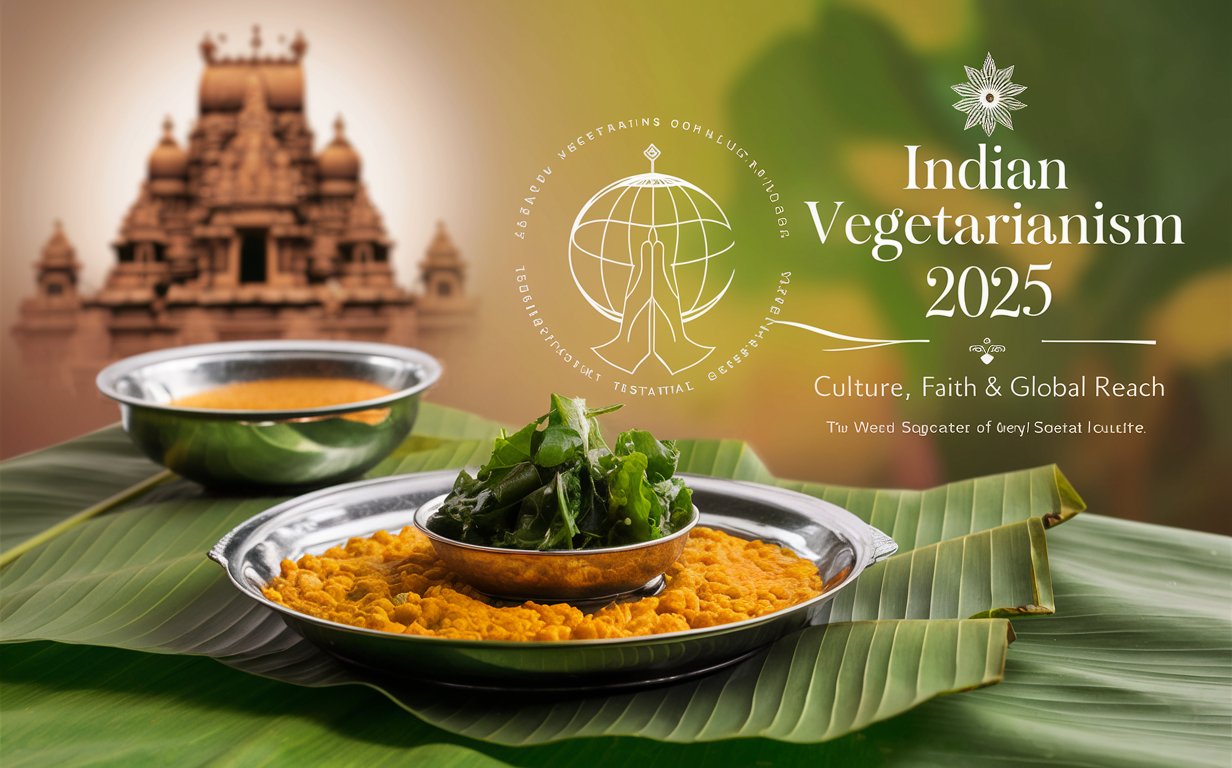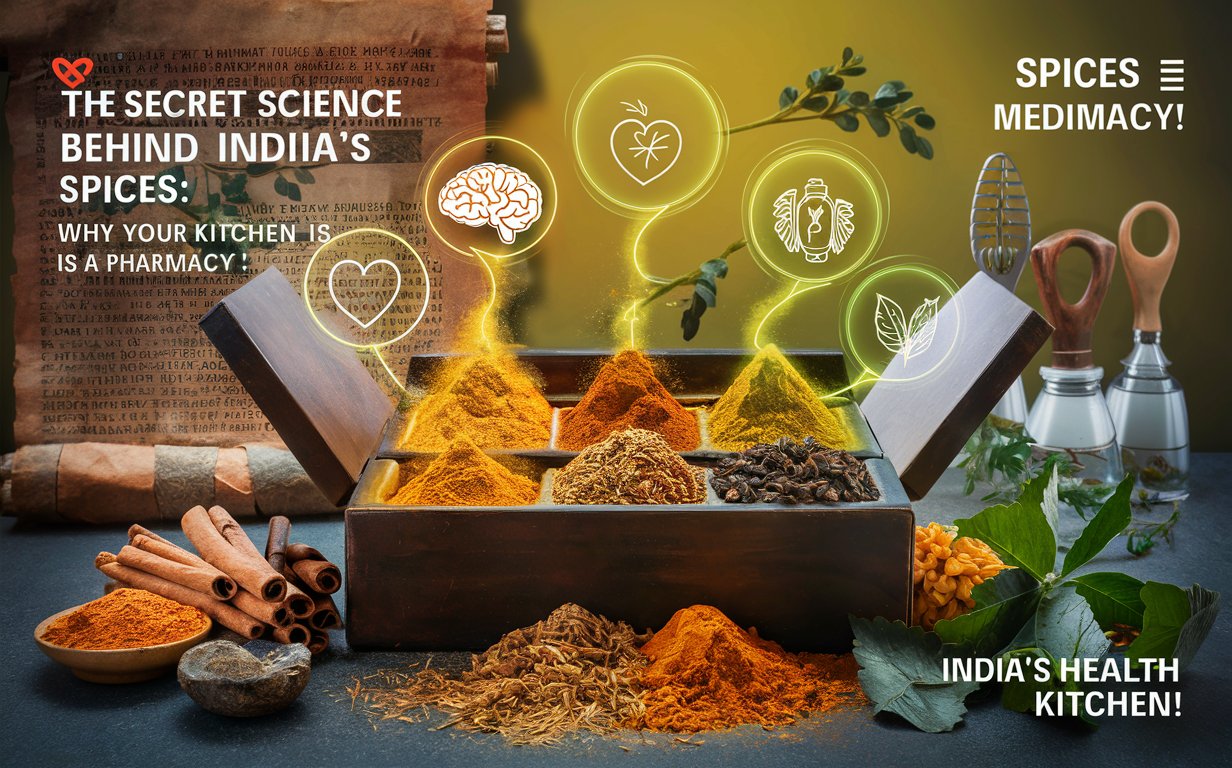Make Alu Vadi At Home In Easy Way | Alu Vadi Recipe
Alu Vadi, a traditional Indian snack, is known for its unique taste and preparation method. This delectable dish, often referred to as “Aloo Vadi” in some regions, is popular in various parts of India and has a special place in regional cuisines. In this article, we will explore the rich history, preparation techniques, and variations of Alu Vadi, providing a comprehensive guide for those looking to try their hand at making this flavorful treat.

What is Alu Vadi?
Definition and Description
Alu Vadi is a savory Indian snack made primarily from colocasia leaves (also known as taro leaves) and a spiced gram flour (besan) mixture. The leaves are layered with a spiced paste, rolled into a log, and then steamed or fried to perfection. The result is a crunchy and spicy snack with a delightful texture.
Origins and Regional Popularity
Alu Vadi has its roots in Maharashtra and Gujarat but is enjoyed in various forms across India. Known for its distinct taste and preparation style, it is a popular dish during festivals and special occasions. Different regions have their unique twists on Alu Vadi, incorporating local spices and ingredients.
Ingredients for Alu Vadi
Main Ingredients
- Colocasia Leaves: The primary ingredient, colocasia leaves, provides the unique texture and flavor to the dish. These leaves are rich in nutrients and add a distinct earthy taste to the Alu Vadi.
- Gram Flour (Besan): Used to create the spiced paste that is spread on the leaves. Gram flour gives the Alu Vadi its characteristic crispiness when cooked.
- Spices and Herbs: Common spices include turmeric, red chili powder, cumin seeds, coriander powder, and ajwain. Fresh herbs like cilantro and curry leaves enhance the flavor profile.
Optional Ingredients
- Tamarind Pulp: Some variations include tamarind pulp for an added tangy flavor.
- Sesame Seeds: Toasted sesame seeds can be added for extra crunch and flavor.
How to Prepare Alu Vadi
Step-by-Step Preparation
1. Selecting and Preparing the Leaves
- Choosing Colocasia Leaves: Select fresh, tender colocasia leaves. Avoid leaves with any signs of wilting or discoloration.
- Cleaning: Wash the leaves thoroughly to remove any dirt or impurities. Dry them using a clean cloth.
2. Making the Spiced Gram Flour Mixture
- Ingredients: Mix gram flour with spices such as turmeric, red chili powder, coriander powder, cumin seeds, ajwain, and salt. Adjust the spice levels according to taste.
- Preparation: Add water gradually to the mixture to form a thick paste. Ensure there are no lumps and the paste is smooth.
3. Applying the Paste
- Layering: Place a colocasia leaf on a flat surface. Spread a thin, even layer of the spiced gram flour paste over the leaf.
- Stacking: Place another leaf on top of the first one, and repeat the process until you have a stack of 4-5 leaves.
4. Rolling and Steaming
- Rolling: Roll the stacked leaves into a tight log. Use kitchen twine or a clean cloth to secure the roll if needed.
- Steaming: Place the rolled leaves in a steamer and steam for about 20-30 minutes, or until the roll is cooked through and firm.
5. Frying (Optional)
- Slicing: Once steamed, let the roll cool slightly before slicing it into round or diagonal pieces.
- Frying: Heat oil in a pan. Fry the slices until golden brown and crispy on all sides.
Serving Suggestions
Traditional Accompaniments
- Chutneys: Serve Alu Vadi with fresh coconut chutney, tamarind chutney, or yogurt-based dip for added flavor.
- Pickles: Accompany with Indian pickles like mango or lemon pickle for a tangy contrast.
Presentation Ideas
- Garnishing: Garnish with chopped cilantro or curry leaves for a fresh touch.
- Serving: Arrange the Alu Vadi on a platter with decorative elements like banana leaves for an authentic presentation.
Variations of Alu Vadi
Regional Twists
- Maharashtrian Style: Often includes a mix of spicy and tangy ingredients, with a hint of sweetness in the gram flour mixture.
- Gujarati Style: Known for its slightly sweet and spicy flavor, with the addition of jaggery or sugar in the paste.
Innovative Recipes
- Baked Alu Vadi: For a healthier version, try baking the sliced rolls instead of frying. Brush with a bit of oil and bake at 350°F (175°C) until crisp.
- Stuffed Alu Vadi: Experiment with stuffing the gram flour mixture with grated cheese or vegetables for a different twist.
Nutritional Value and Health Benefits
Nutritional Information
Alu Vadi is a nutritious snack, rich in fiber, vitamins, and minerals from colocasia leaves. Gram flour adds protein and essential nutrients. However, the fried version is higher in calories and fat, so it is advisable to consume it in moderation.
Health Benefits
- High in Fiber: Colocasia leaves are rich in dietary fiber, which aids digestion and supports overall gut health.
- Rich in Nutrients: The leaves provide essential vitamins and minerals, including vitamin C, vitamin A, and iron.
Conclusion
Alu Vadi is a delightful and unique Indian snack that showcases the rich culinary traditions of India. With its crispy texture, spicy flavor, and versatile preparation methods, Alu Vadi is a favorite among many. Whether you prefer it steamed or fried, this dish offers a delicious way to enjoy colocasia leaves and spices. By following the steps outlined in this guide, you can create a delicious batch of Alu Vadi to enjoy with family and friends.



Post Comment